A Reflection on Black History Month at Haverford
February is Black History Month, a yearly opportunity for the United States to reflect on and acknowledge the significance of African American culture and celebrate its important place in American History as a whole. Started by Harvard-educated historian Carter G. Woodson in the early twentieth century, BHM has inspired the creation and consumption of stories that highlight the contributions of Black Americans to the advancement of human societies. Since 1976, every United States President has officially designated February as Black History Month.
At Haverford, there were continuing efforts to celebrate Black History Month despite challenges due to the COVID-19 pandemic. Haverford’s African American Cultural Enrichment Club, also known as AACE, led efforts to celebrate Black History Month. Students may recognize AACE’s frequent informative announcements that compile information about famous and accomplished African Americans, from poet Langston Hughes to Olympic gold medalist Alice Coachman.
Haverford senior Liz Womack, an officer of AACE, answered the following questions about Black History Month:
Q: What has your club been doing to celebrate Black History Month this year?
A: At one of our last meetings, we talked about the Black LGBTQ+ community and took quizzes to learn more about Black female figures in history. We also like to do Black Pop Culture Corner, where we recently explored the history of hip hop. Most recently, we discussed the COVID-19 vaccine and the fear that the Black community has because of the Tuskegee experiment.
Q: Why is it important to celebrate Black History Month?
A: It is important that we celebrate BHM because we don’t often see ourselves represented. . . not in government or even in things like textbooks or novels. We only see the media representing us in negative ways like mass incarceration because the system is broken. Basically, we have this month to shed light on the many positive things that African Americans have done, including lesser-known things like creating the mailbox and traffic lights.
Q: Does the Haverford community do an adequate job celebrating BHM and supporting cultural enrichment in general?
A: Haverford does a pretty good job with Black History, and honestly, this year I think things are really starting to get better. In the beginning, it was only the AACE club putting up posters or having facts read over the loudspeaker. Now there are classes available for students to culturally enrich themselves, and I personally think some of those should be mandatory. In history classes, it’s rare to see Black people represented unless it is regarding slavery. Again, there are so many positives to talk about that these history classes fail to highlight, and instead the curriculum is very focused on old white men. In general, many minority groups could be represented more in school, including African Americans, Asian Americans, Jewish Americans, etc.
Q: What should people do today to continue learning about Black history?
A: The first thing you can do is join AACE! Besides that, I would encourage people to take some of the new electives that show the enriching side of African American history. Take a trip to the African American Museum in Philadelphia. Push for more history departments to include more African American historical figures who have achieved success and advanced our society. Read or watch something that is created by Black artists or writers that features African American stories, from James Baldwin’s The Fire Next Time to the ABC sitcom Blackish.



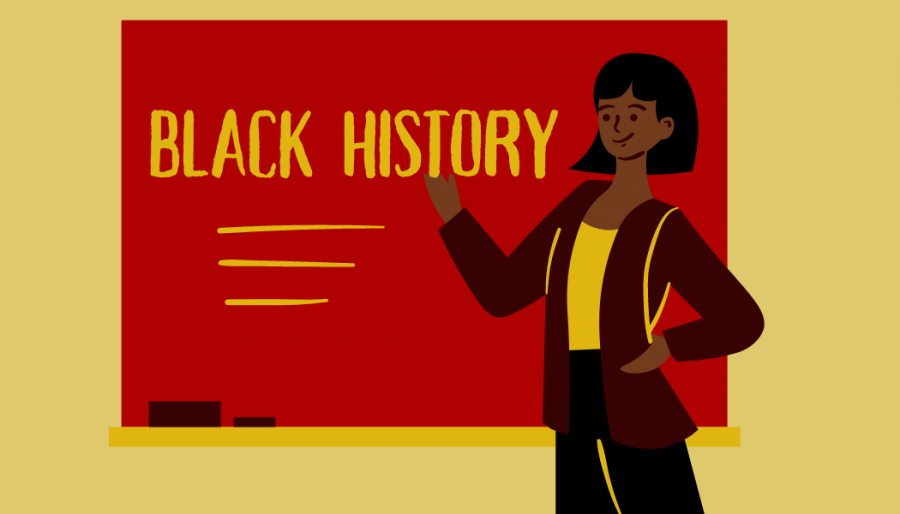
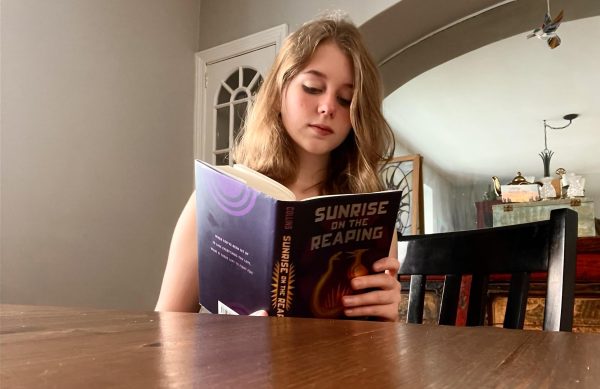
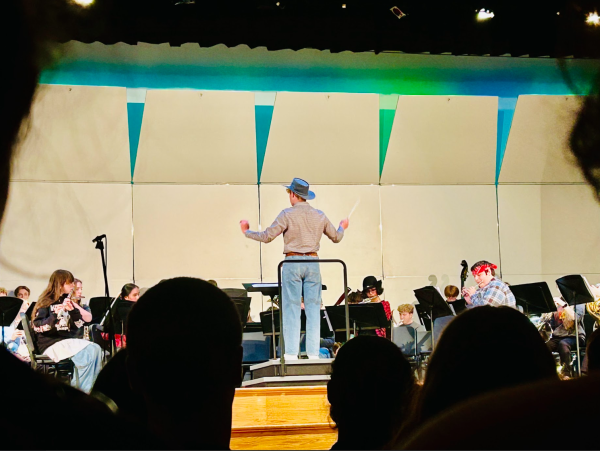

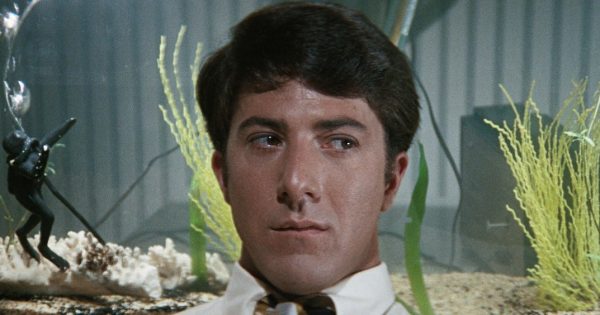
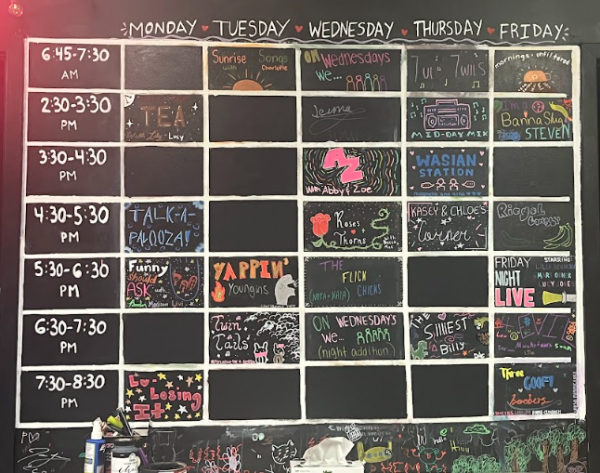

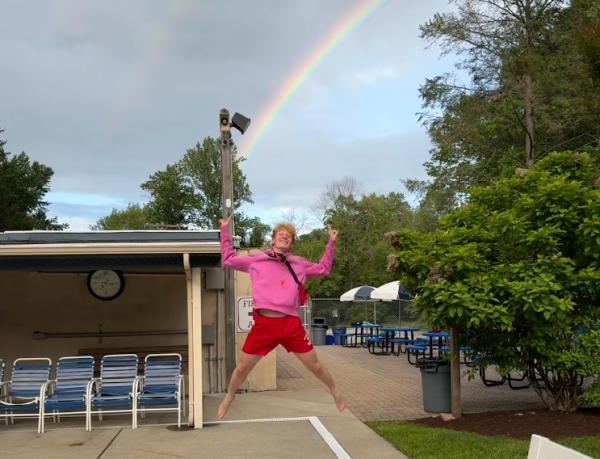
Rachel Plasky • Mar 10, 2021 at 11:01 am
AACE has made great efforts despite the pandemic. It was really nice to see, and, hopefully, next year can bring even more opportunities.